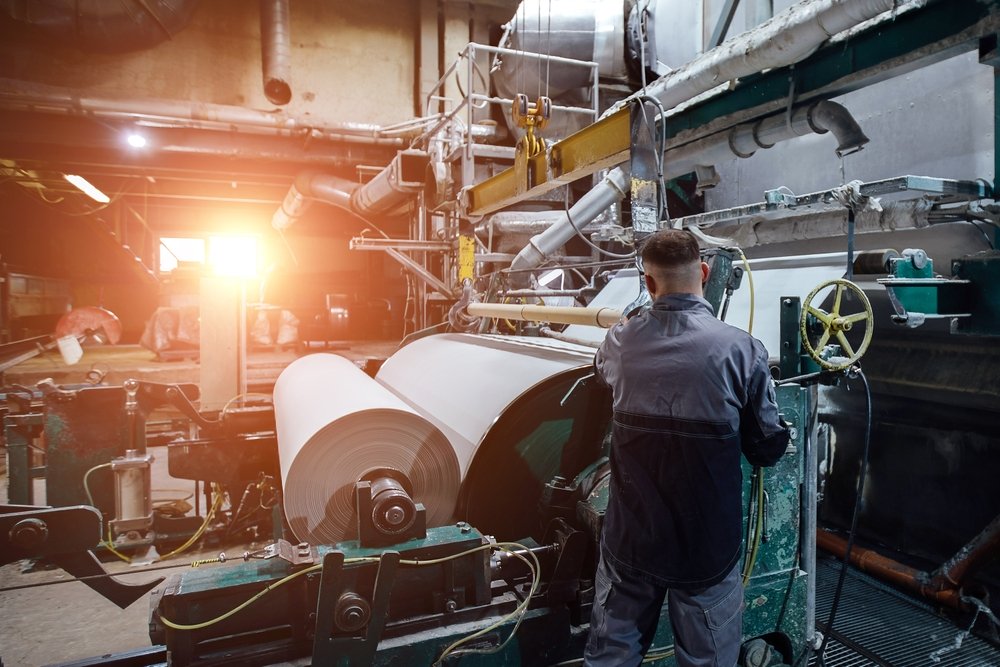The paper industry is struggling due to a deep structural crisis, resulting in increasing factory closures, bankruptcies, job losses, and massive market shifts. The paper sector lost around 14% of its production in 2023, with volume falling to approximately 18.6 million tons. Furthermore, revenue shrank by about 27% that year, dropping to around €15.5 billion.
Bankruptcies severely impact the industrial core
The number of operating plants in the German paper and cardboard sector has fallen to approximately 142, according to a recent overview. Several major site closures illustrate the scale of the problem: UPM Communication Papers announced the closure of its Ettringen plant in 2025, affecting 314 jobs in Germany alone. Other factories are also facing closure or restructuring, as industry reports indicate that production capacity is expected to decrease by 270,000 tons annually.

Insolvencies are also occurring more frequently – although precise figures for the paper industry alone are rarely available. The general increase in corporate insolvencies in Germany illustrates the situation: In the first half of 2024, the number of company bankruptcies rose by approximately 24.9% compared to the previous year. Due to its energy-intensive structure, the paper industry is among the most vulnerable sectors.
Job losses destabilize entire regions
Employment figures clearly demonstrate the decline. According to the 2025 performance report, approximately 46,000 people were employed in the paper and pulp industry. In previous years, the figure was over 49,000. This represents a loss of several thousand jobs. A concrete example: The aforementioned closure in Ettringen alone affected 235 local jobs.
The number of plants in one region (southwest Saxony) fell by half within ten years – which also points to massive losses of industrial sites. Such developments not only affect immediate jobs but also entire value chains in the affected regions.
Shutdowns mark the deepest cut of the crisis
The reduction of machinery and plants is a key indicator of the industry’s transformation. Industry reports indicate that 25 paper machines have been shut down and 16 plants have permanently closed within the last five years. For 2024, a further five machine shutdowns and two plant closures were already planned. These figures demonstrate the rapid pace of downsizing. These developments are contrasted by declining sales figures: The market for graphic paper shrank drastically, from approximately 8.6 million tons to 4.1 million tons between 2015 and 2024.
The combination of declining production and sales is forcing many companies to relocate or close sites – the downsizing is not uniform but is concentrated in regions with a high degree of specialization in the printing sector.
Perspectives Between Modernization and Rationalization
Despite these challenging figures, the industry is investing in new production methods, such as digital manufacturing lines, robotics, and energy-efficient processes. However, according to the industry association, these adjustments require higher investment volumes, while profitability remains strained.
Policymakers are called upon to act: Energy prices, regulatory requirements, and bureaucracy are increasingly hindering the competitiveness of the paper industry. Without political relief measures, further site closures and even more severe waves of job cuts are imminent. The path to transformation appears steep, but there is hardly any alternative for remaining in the market. (KOB)
